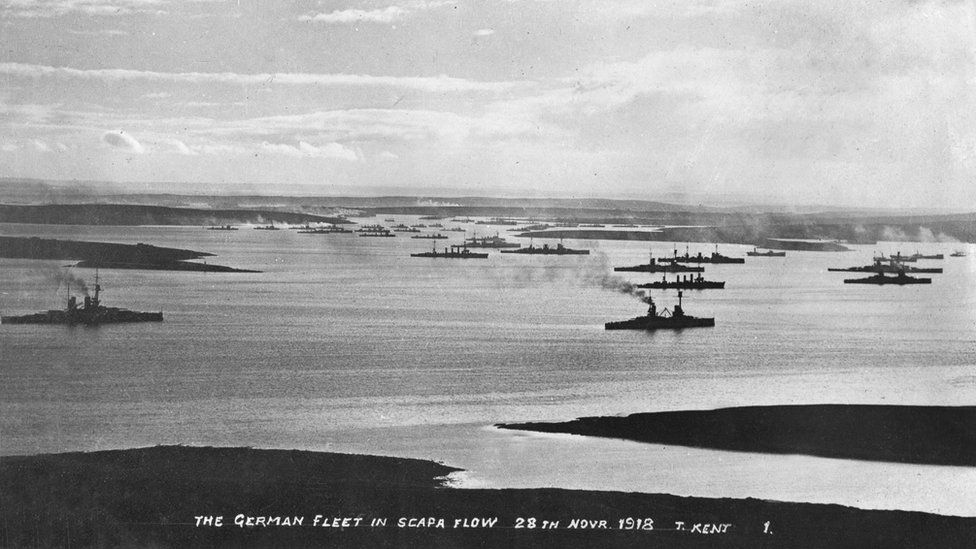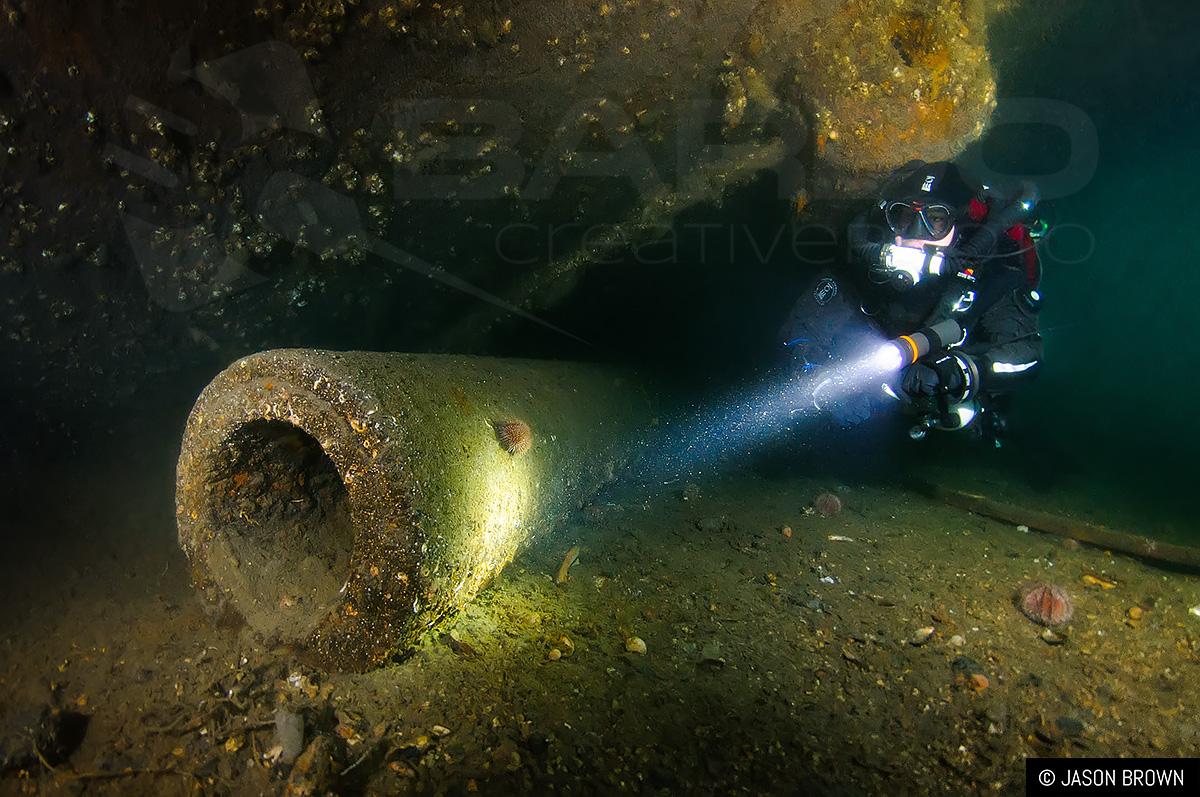

It was less than a third of the Royal Oak’s crew. Thick fuel oil covered, choking and blinding them.īut thanks to the heroic work of Daisy II (the battleship’s tender which was moored alongside at the time of the attack) 386 men were pulled from the water alive. As U-47 escaped from Scapa Flow undetected, more than 300 British sailors jumped into the dark, freezing water of Scapa Flow. Only the very quick-witted, or very lucky, got out from inside the ship. The electricity failed within minutes, plunging the ship into darkness. She quickly began to roll over, and then the cordite magazines caught fire, sending balls of flame racing through the ship. This time three explosions amidships sealed the Royal Oak’s fate. So Prien reloaded his torpedo tubes and attacked again. They couldn’t conceive that they might be under attack.


But the crew of Royal Oak - most of whom were below decks asleep in their hammocks - thought there had been a small internal explosion. His first four torpedoes caused only small damage, due to a number of misses and malfunctions. He found the Royal Oak lying at anchor, oblivious to any danger. Kapitanleutnant Günther Prien, commander of the German submarine U-47, exploited this weakness and entered the anchorage shortly before midnight on 13th October 1939. Blockships, which obstructed the narrow channels into the Flow, had rusted away to nothing. There were not nearly enough men, searchlights, guns or patrol ships to make Scapa Flow secure. But in the interwar years, the defences were neglected, and when war broke out with Germany in 1939 they were in bad shape. It’s well-organised defences gained it a reputation as a secure anchorage, where British ships were completely safe. Scapa Flow, in the Orkney Islands, was the Royal Navy’s home base in World War One. It was an even worse shock because it happened inside a famous and supposedly impregnable naval base. Coming just weeks after the outbreak of World War Two, it was one of Britain’s worst naval disasters. If you wish to make a donation, please use the 'Donate Now' button below.On this day in 1939, the battleship HMS Royal Oak was torpedoed and sunk in Scapa Flow with the loss of 833 lives.

For further information the Scottish Government website) The Scottish Government is the Managing Authority for the European Regional Development Fund and the European Structural Funds 2014-20 Programme. NatureScot is also managing another element of the programme – the Green Infrastructure Fund. (The Natural & Cultural Heritage Fund is part of the Scottish Government’s European Regional Development Fund programme, which finishes in 2023. We are proud to be finalists for the 2023 Art Fund Museum Of The Year prize.Ī £4.4m major redevelopment, completed in July 2022, was funded by Orkney Islands Council, the National Lottery Heritage Fund, Historic Environment Scotland, the Orkney LEADER 2014-2020 programme, Highlands and Islands Enterprise, Museums Galleries Scotland, and the Scottish Government’s European Regional Development Fund programme, managed by NatureScot through the Natural & Cultural Heritage Fund. It is run by Orkney Islands Council - please take a look at all our Museums on our new Orkney Museums website. Scapa Flow Museum’s role is to chart Orkney’s military involvement in the First and Second World Wars and provide a safe home for a major collection of wartime artefacts, many of national and international importance.


 0 kommentar(er)
0 kommentar(er)
